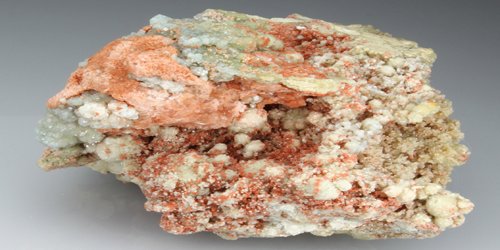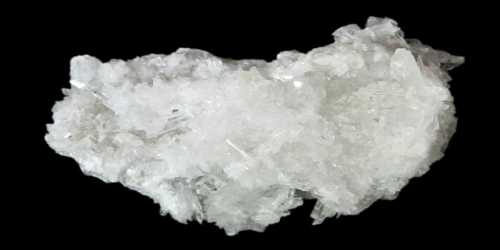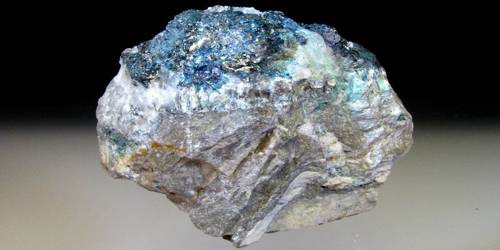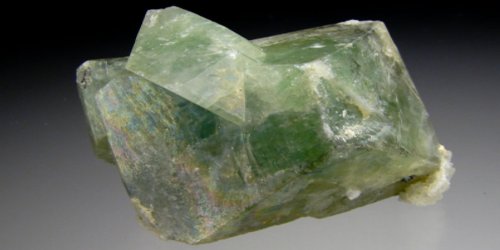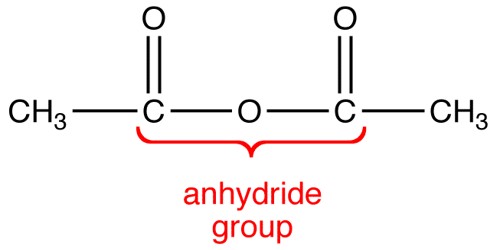Hilgardite is a borate mineral with the chemical formula Ca2B5O9Cl·H2O. It is a vitreous mixed borate and chloride mineral calcium. It was named for geologist Eugene W. Hilgard (1833–1916). It was first described in 1937 for an occurrence in the Choctaw Salt Dome of Iberville Parish, Louisiana, US. It is a rare mineral that is found in marine evaporite deposits in localities in the United States in the Choctaw salt dome in Lousiana and in Mississippi and Alabama.
General Information
- Category: Tektoborates
- Formula: Ca2B5O9Cl·H2O
- Crystal system: Triclinic
- Crystal class: Pedial (1) (same H-M symbol)
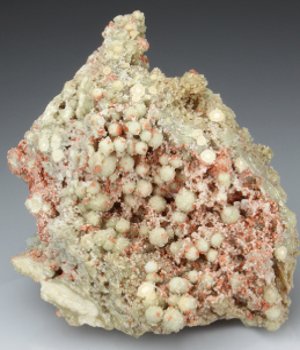
Fig: Hilgardite – a borate mineral
Properties
It is transparent and has a vitreous luster. It is colorless to light pink with a white streak. It is rated 5 on the Mohs Scale. It crystallizes in the triclinic crystal system. Crystals occur as distorted tabular triangles and are hemimorphic, polytypes exist.
- Color: Colorless, light pink to reddish brown
- Crystal habit: Tabular triangular crystals
- Fracture: Conchoidal
- Mohs scale hardness: 5
- Luster: Vitreous
- Streak: White
- Diaphaneity: Transparent to translucent
- Specific gravity: 2.67–2.71
- Optical properties: Biaxial (+)
Occurrence: In marine evaporite deposits.
It occurs as an uncommon accessory mineral in evaporite deposits and salt domes worldwide. In addition to the type locality it has been reported in Wayne County, Mississippi and in the Louann Salt Formation, Clarke County, Alabama in the United States and at the Penobsquis and Salt Springs evaporites, near Sussex, New Brunswick, Canada. In Asia, it is reported from the Chelkar salt dome, Uralsk district, Kazakhstan.
Association: Boracite, anhydrite, danburite, dolomite, magnesite, pyrite, hauerite, calcite, quartz, sulfur, gypsum (Choctaw salt dome, Louisiana, USA); boracite, szaib´elyite (New Brunswick, Canada).
Information Source:
